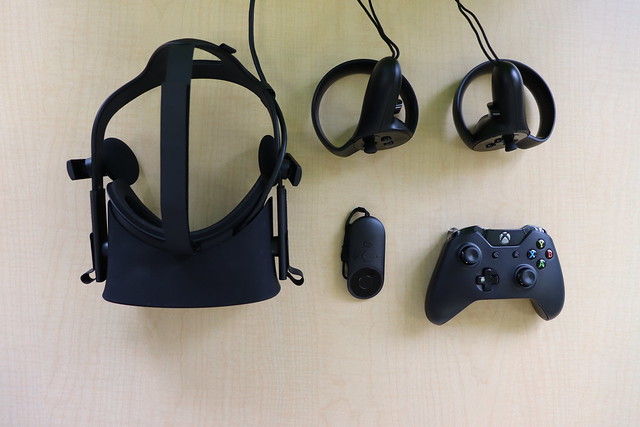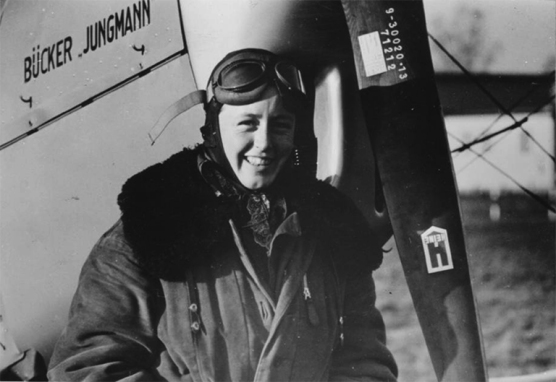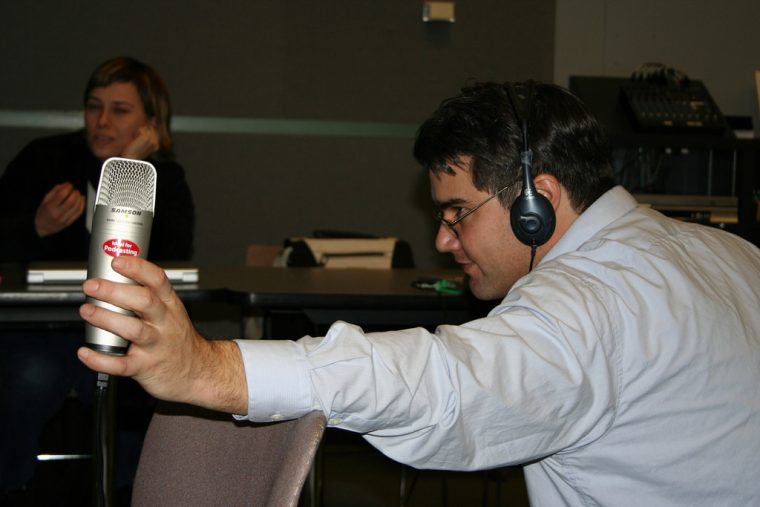Assignment #4: “Virtual Reality”
What is technology?
Technology is the application of a set of knowledge and skills through electronics with the objective to achieve a solution that allows the human being from solving a given problem until reaching a need in a specific area.
What is Virtual reality?
Virtual reality is a computer environment that represents, in a digital way, something that pretends to be real. It’s generated by a person using special electronic equipment, such as a helmet with a screen inside or gloves fitted with sensors.
(Photo:Virtual Reality at the Library By:San José Public Library License CC)
History:
Virtual reality has been a concept that has been developed throughout the years. It actually began in the nineteenth century when the idea was presented by Charles Wheatstone in 1838, when he began the development of the popular View-Master stereoscope (patented 1939), which was used for “virtual tourism”. Before then, panoramic paintings were the earliest attempt at virtual reality, as they were 360 degree murals intended to make viewer feel like they were present.
Later on, the concept of virtual reality was taken in 1929 when Edward Link created the “Link trainer” (patented 1931) probably the first example of a commercial flight simulator, which was entirely electromechanical. After that, the idea slowly started changing to a much simple concept, especially after the 1930s story by science fiction writer Stanley G. Weinbaum (Pygmalion’s Spectacles) was published, that presented virtual reality being seen through a pair of goggles.
In the mid 1950s cinematographer Morton Heilig then developed the Sensorama (patented 1962). Which was an arcade-style theatre cabinet that would stimulate all the senses, not just sight and sound.
Since then, then the concept has been taken by several people who have slowly built this, to be a revolutionary invention in the 21 century.
(photo: A virtual reality by: Oleg Afonin)
Apps:
Kinect
The Kinect, at its core, is a motion sensor for the Xbox 360. Combining this with an expansive virtual world and goggles, you can become as immersed as you could possibly get.
Augmented Reality
This involves literally augmenting reality with virtual information. An augmented reality app will typically annotate live video with information in various formats. One novel example is a table top racing game in which you actually race on your table.
Read more about Augmented Reality here.
Virtual Worlds
Virtual worlds, such as Second Life, are played over the internet using a Mac or PC. Such applications open up a sandbox, allowing you to manipulate the world around you and can often feature their own currencies, with exchange rates to boot. There is even a booming virtual real estate market on Second Life.
Read more about Virtual Worlds here.
Twitter Virtual Reality experts:
@nchan
Video:
References:
M.D. Del, C., J.I., S., S., L., I., M., & E, R. (2018). Evaluación Neurofisiológica del Entrenamiento de la Imaginación Motora con Realidad Virtual en Pacientes Pediátricos con Parálisis Cerebral. Revista Iberoamericana De Automática E Informática Industrial RIAI, Vol 15, Iss 2, Pp 174-179 (2018), (2), 174. doi:10.4995/riai.2017.8819
Description: There are several evidences that indicate that motor deficits in cerebral palsy patients are associated with problems in motor planning that, in turn, point to a reduced ability to imagine movements. The motor imagination has been revealed as an effective tool in the learning and acquisition of motor skills since it shares similar neuronal structures with motor performance.
Raquel Daffre de, A., Rosangela Guimarães, R., Raquel, C., & Silvana Maria, B. (2017). Bocha adaptada: análise cinemática do arremesso e sua relação com a realidade virtual / Bocha: análisis cinemático del lanzamiento y su relación con la realidad virtual / Boccia: Kinematics of the throwing and its relationship with virtual reality. Revista Brasileira De Ciências Do Esporte, (2), 160. doi:10.1016/j.rbce.2017.02.001
Description: Abstract The aim of this study was to correlate biomechanical characteristics of the upper limb during the pitch of the adapted ball and the game of Kinect Sports of the Xbox videogame of Microsoft Games Studios.
J. Jesús Arellano, P., Daniel Cantón, E., Miguel Ángel Hernández, L., & Omar Santiago Nieva, G. (2017). Uso didáctico de la realidad virtual inmersiva con interacción natural de usuario enfocada a la inspección de aerogeneradores. Apertura, Vol 9, Iss 2, Pp 8-23 (2017), (2), 8. doi:10.18381/Ap.v9n2.1049
Description: Immersive virtual reality systems have an increasing relevance in the educational field as didactic tools that motivate learning through two key concepts: immersion and interaction. In this document we describe the use of virtual reality systems in education and take as a case study a 3D immersive virtual reality system with natural user interaction developed with the purpose of facilitating the inspection of wind turbines for educational purposes.
Sergio, C., Cristina, P., Silvia, R., & Marcos, F. (2017). Simulación de Plataformas Robóticas de Movimiento para Aplicaciones de Realidad Virtual Mediante Filtros Digitales. Revista Iberoamericana De Automática E Informática Industrial RIAI, Vol 14, Iss 4, Pp 455-466 (2017), (4), 455. doi:10.1016/j.riai.2017.07.001
Description: The use of robotic movement platforms in vehicle simulators and Virtual Reality applications is relatively common. However, the adjustment of the algorithms that control their operation, called washout algorithms, is not simple and requires numerous tests until an appropriate fidelity of movement is obtained. Having tools that simulate movement platforms can simplify this task. That is why this work presents a method for the characterization and simulation of robotic manipulators by digital filters of second order, simple to implement and adjust from a previous characterization.
Fernández Ramos, C. (2017). Efectos de la inducción emocional usando realidad virtual en la percepción de bienestar en personas vulnerables a padecer ansiedad y depresión.
Description: Final Treball of Master’s Degree in General Sanitary Psychology. Codi: SBF018. Courses acadèmic 2015-2016; Currently, the incidence of disorders such as depression or anxiety are very high throughout the world. Thus, it has been observed that positive emotions can function as a protective factor against anxiety and depression; therefore, the induction of these emotions could play a fundamental role in the prevention of different psychological disorders.




